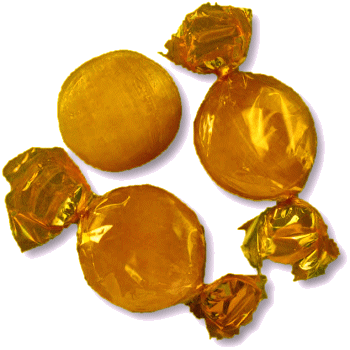




WELCOME TO An Entertainment Site for Scottish Country Dancers - Enjoy the curated selection of theme-related dances for celebrations and holidays, or find a dance associated with a special calendar day, or EVEN your own birthday!
Sleeping Dancer, Rowland Wheelwright (1870-1955)
World Sleep Day
Mar 15
Other Scottish Country Dances for this Day
Today's Musings, History & Folklore
Eat! Sleep! Dance! Repeat!
Get some sleep, dancers! You will need it for this meandering energetic reel full of turns and reels! Sleepwalking, a mysterious blend of slumber and consciousness (once called somnambulism or noctambulism), remains an enigma. It tends to ensnare those who are sleep-starved, unfolding a realm where the ordinary meets the extraordinary. Sleepwalkers have done much more than wandering a few steps. There have been instances of sleepwalkers performing complex chores, cooking and eating, driving vehicles (!), engaging in athletic activities, and even engaging in musical performance or composing! For dancers, adequate rest is crucial for embedding complex patterns and movements into memory. Astonishingly, even honey bees suffer from sleep loss, showing less accuracy in their essential waggle dance communications! Are you feeling sleepy? Time for that power nap before dance class! 😴 🛌 💤
Sleepwalking
The Friday before the Vernal Equinox is World Sleep Day!
Sleepwalking, also known as somnambulism, is a parasomnia that tends to occur during arousals from slow-wave sleep. Sleepwalking is not exclusive to just walking around during sleep – it can involve sitting up in bed and looking around, or complex behaviors. It affects about one to five percent of the general population.
Sleepwalking activities can be as benign as talking, sitting up in bed, walking to a bathroom, and cleaning, or as hazardous as cooking, driving, violent gestures, grabbing at hallucinated objects, or even homicide!
More benignly, dancers have even been known to perform dance-like movements in their sleep!
A phenomenon known from ancient times, sleepwalking is still not completely understood and has undergone many different interpretations since it was first formally investigated in the 18th century.
German philosopher and scientist, Dr. Carl Reichenbach, did extensive research into sleepwalking in the 18th Century. After studying hundreds of sleepwalkers, he linked the phenomena to his theory of "Odic Force," of which he dedicated his final years alive to studying. "Odic Force," named after the Norse god Odin, was a theoretical field of “vital energy” that, according to Dr. Reichenbach, combined electricity, magnetism, and heat and emanates from many things on our planet, including humans, plants, and magnets. The scientist also linked the disorder to lunar phases, stating that the sleepwalking “lunatics” he studied were affected more during a full moon.
By the 19th century, other theories became prominent. Initially it was believed that sleepers were acting out a dream state, though it was later determined that sleepwalking occurs in a non-dreaming state. By1907, Sigmund Freud, applied his usual psycho-sexual interpretations and in 1954, the Freudian echoes resulted in the Society for Science & the Public concluding: "Repression of hostile feelings against the father caused the patients to react by acting out in a dream world with sleepwalking, the distorted fantasies they had about all authoritarian figures, such as fathers, officers and stern superiors."
Today, sleep and waking are no longer considered binary states, but at the opposite ends of a continuum, a spectrum of brain activity. Depending where on that spectrum our brain activity is at any one time defines our behavior, our recollection, and our abilities.
The sleepwalking scene (Act V Scene 1) from William Shakespeare's tragic play Macbeth (1606) is one of the most famous scenes in all of literature. As Lady Macbeth sleepwalks, she emotionally recalls the murders of Lady Macduff, Banquo, and Duncan, incriminating herself in the process. Seemingly possessed by an unknown energy, she refers to the metaphorical blood on her hands: “Will these hands ne’er be clean?... Here’s the smell of blood still… All the perfumes of Arabia will not sweeten this little hand! Oh, oh oh!”
And for an interesting analysis of how contemporary understanding of sleepwalking is differently addressed in two 19th century operas, click "The Somnambulist" by John Everett Millais, 1871
Click the dance cribs or description below to link to a printable version of the dance!




